May 5, 2025
•
Onton Team
Confused by modern versus contemporary design? Learn the key differences, similarities, and how to tell which style fits your home best.
While modern and contemporary design styles share some similarities, they come from distinct eras and follow different design philosophies. If you’re redecorating, leaning into your personal aesthetic, or just trying to avoid mismatched furniture, knowing each style’s unique features can make all the difference.
In this guide, we’ll walk you through modern versus contemporary design — where design elements overlap, how they differ, and how to figure out which style feels more like you.
What’s modern interior design?
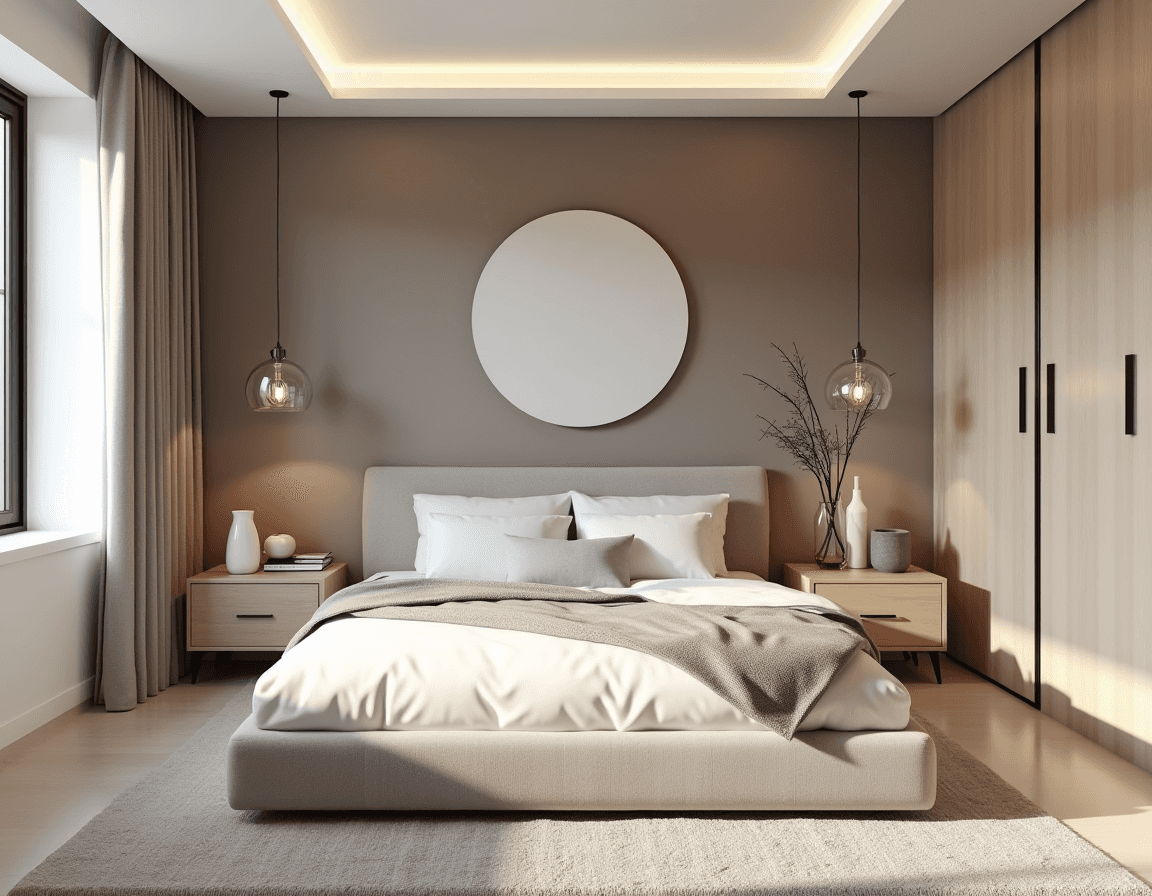
Modern interior design is rooted in early 20th-century modernism, a movement that championed functionality and simplistic form. Drawing heavily from the Bauhaus school, technological innovation, and the rise of minimalism, the modern style stripped away excess and focused on clean, purposeful design.
One distinctive characteristic of the modern design style is its emphasis on natural materials, with wood, metal, glass, and stone often showing up prominently. Warm woods add texture and warmth to simple spaces, while bold use of metal, glass, and stone provides a balanced contrast. Modern design palettes are mostly neutral-toned, with soft grays, whites, and beiges that create calm, open atmospheres.
Modern furniture is equally simple — sleek, low-profile pieces that emphasize form and function over ornate decoration. That isn’t to say modern furniture isn’t beautiful. But rather than relying on flashy accents, craftsmen emphasize soft curves and clean geometric lines.
Modern design principles laid the groundwork for later styles, many still popular today. Mid-century modern design added organic shapes and iconic pieces (like the Eames Lounge Chair and the Tulip Table), while 1980s postmodernism brought playful, eclectic elements, like bold color combos and unexpected shapes. The influence continues to blend with today’s design sensibilities, creating a dynamic mix of timeless design principles and modern-day creative expression.
Shop for modern furniture on Onton
What’s contemporary interior design?
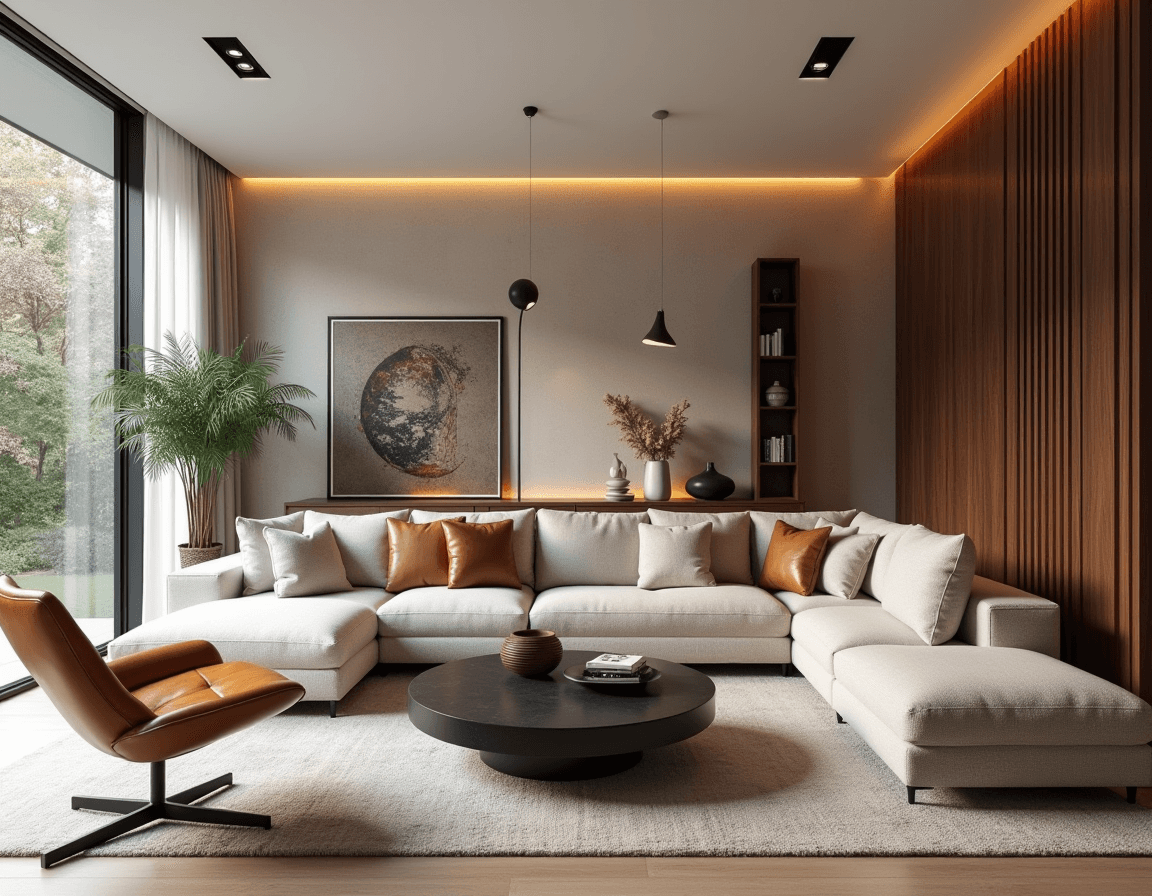
Contemporary design reflects the here and now, constantly evolving to match today’s trends and lifestyles. Unlike modern design, which is tied to a specific historical period, contemporary style is all about the present moment.
Although contemporary design is about present-day trends, it doesn’t ignore the past. Many of today’s popular interiors borrow heavily from modern and mid-century modern styles, Art Deco, and retro charm from the 1970s and ’80s. Think curved contemporary furniture, sculptural lighting, and bold patterns paired with open layouts, clean lines, and neutral tones.
What makes contemporary interior design so engaging is its adaptability. Contemporary homes are a reflection of what feels functional, beautiful, and relevant right now. Whether minimal or expressive, neutral or colorful, the contemporary style feels fresh.
Shop for contemporary pieces on Onton
Style similarities between modern and contemporary interior design
If you confuse modern and contemporary designs, don’t worry, it happens to the best of us. Modernism influences many of today’s trendy furniture design principles. Here’s where the two styles line up.
Simple, uncluttered spaces
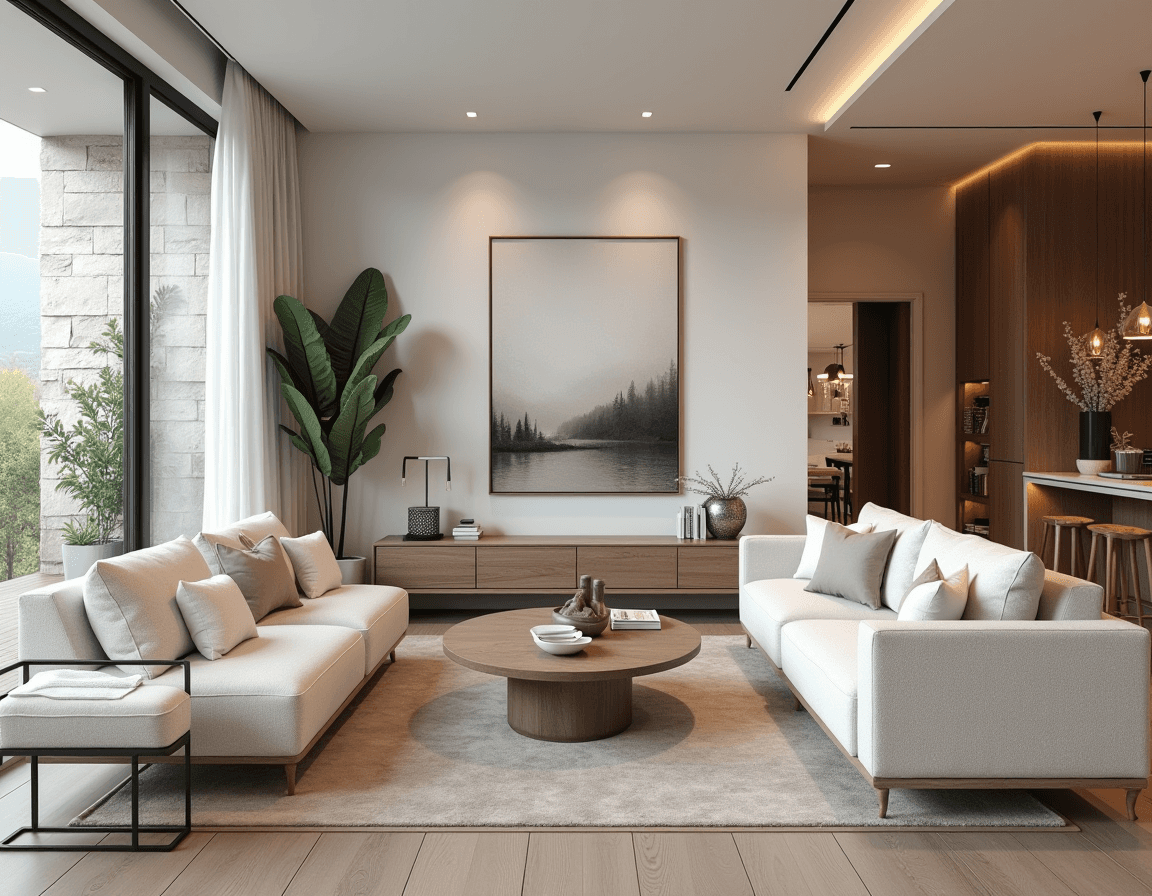
Both modern and contemporary homes emphasize open layouts and a less-is-more approach. Clutter is kept to a minimum, allowing furniture and unique architectural features to stand out.
Smooth, clean lines
From the angular frame of a Le Corbusier chair to the soft curves of a contemporary boucle sofa, both styles celebrate natural structure and form. Clean lines and silhouettes create a cohesive aesthetic across furniture, architecture, and decor.
Natural materials and neutral tones
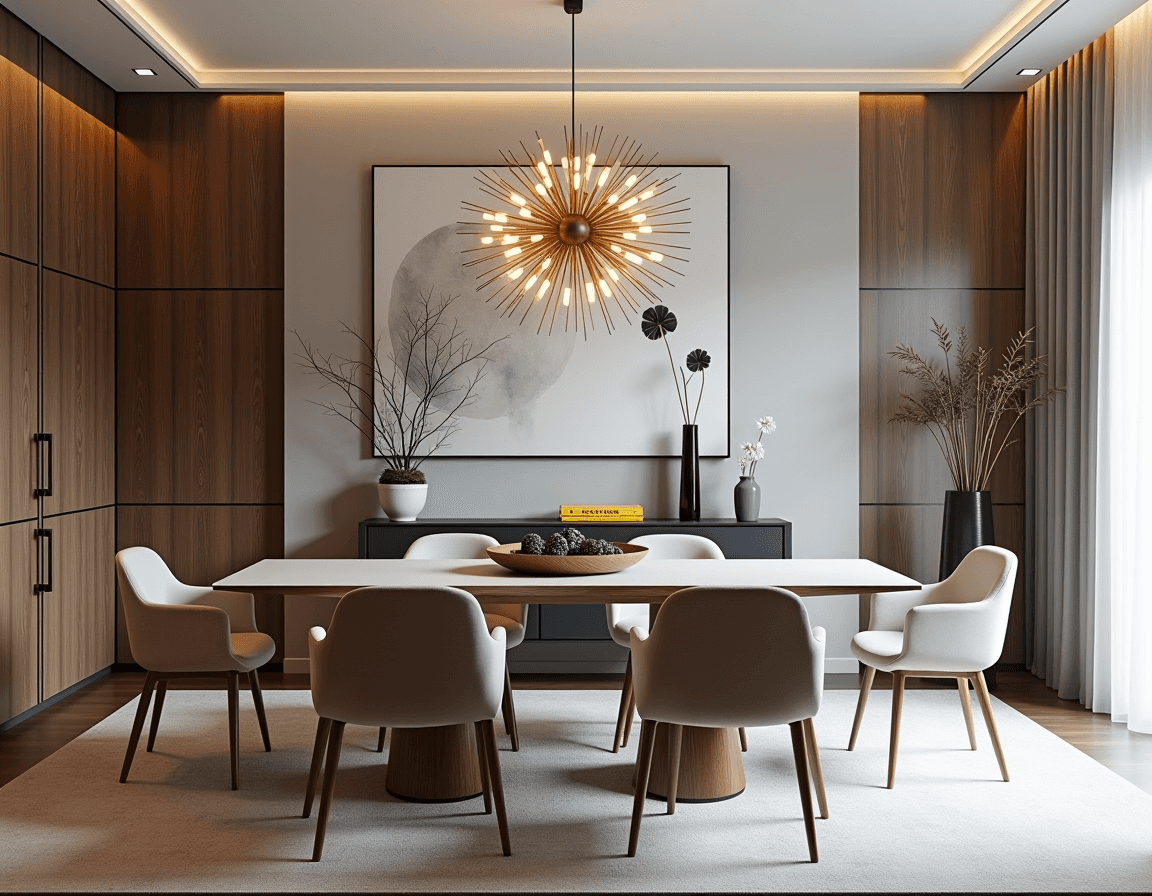
Natural materials like walnut, marble, and leather appear in both modern and contemporary design. These are often paired with a neutral color palette — think granite table tops, beige walls, and soft gray accents — to keep the space calm and grounded.
Artistic flair and fun design elements
Form and function doesn’t mean sacrificing personal taste. Modern and contemporary interior design styles both use art and sculptural design to level up a room’s aesthetic. Whether it’s a sculptural floor lamp or an oversized painting, curated accents bring personality to an otherwise pared-down design.
Differences between modern and contemporary design
The line between modern and contemporary design can get blurry — here’s where the two styles diverge to help you figure out which suits your preferences best (and how to mix the two).
Time period and historical influence
Modern design hails from the early 20th century — think minimalism, Bauhaus brutalism, and Scandinavian sophistication. Contemporary design, on the other hand, belongs to no one and nothing — it’s always changing with the times, blending influences from the past and present.
Color palettes and textures

Modern design favors subdued monochromatic tones, like straightforward grays and whites. Contemporary design is all about variety. Bold colors, mixed textures, and unexpected patterns add a pop of personality, making spaces feel lively.
Materials and finishes
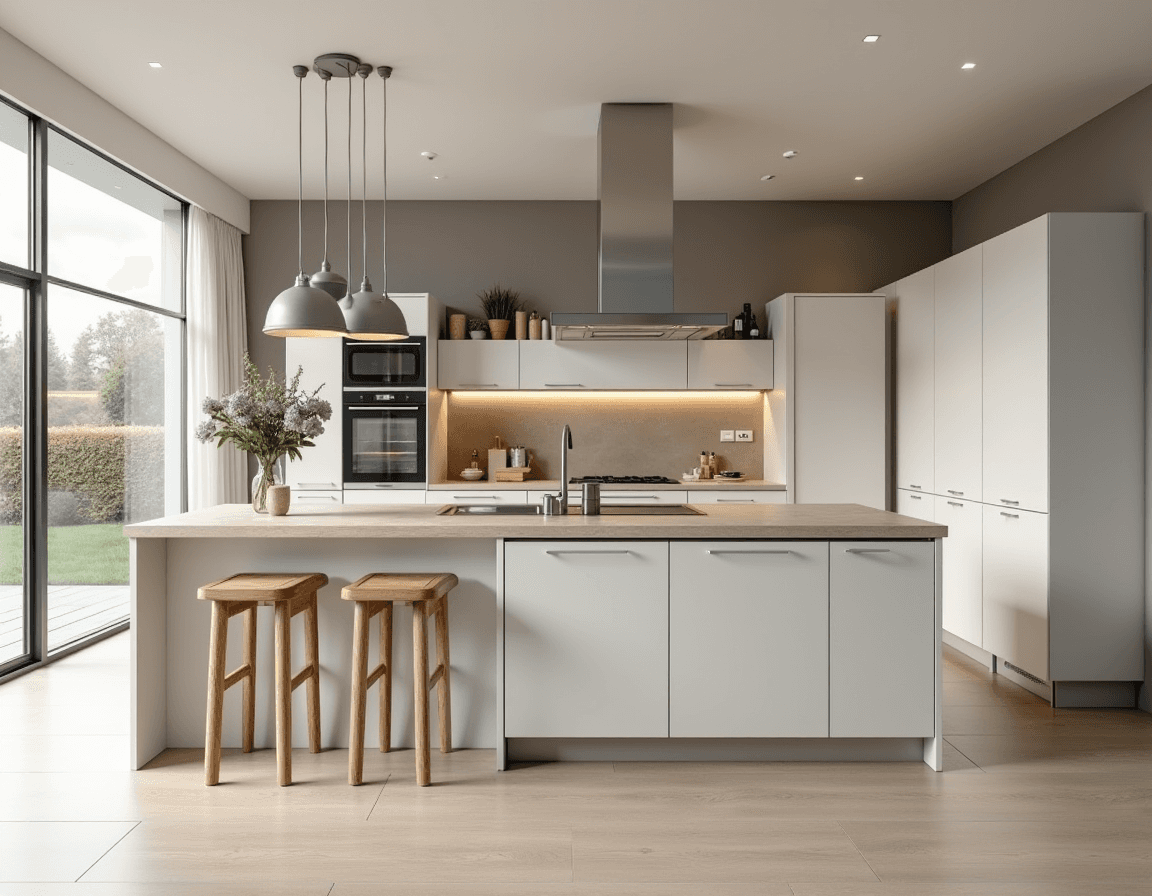
Modern design focuses on the fundamentals — wood, glass, and steel — using natural materials that feel raw and authentic. Contemporary design often takes a more experimental approach, mixing traditional materials with unexpected ones, like textured metals and stone or high-gloss lacquer finishes.
Furniture styles and silhouettes
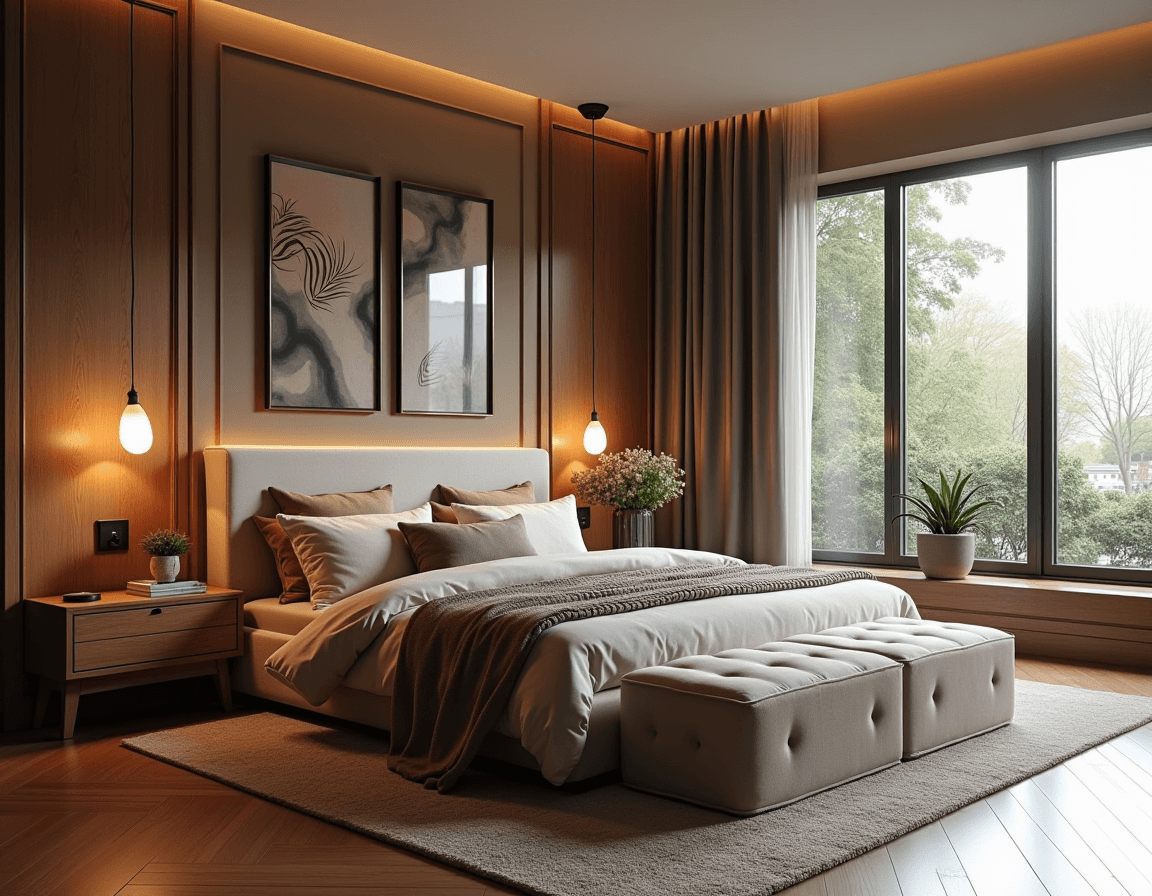
When it comes to modern furniture, designers stick to a script. Think straight lines, crisp edges, and purposeful curves, like the iconic Eames Lounge Chair. Contemporary furniture is more ornamental, with shiny lacquers, contrasting colors, and lots of exaggerated curves.
Modern versus contemporary homes: Which style is right for you?
Choosing between modern and contemporary design comes down to what you’re drawn to: A home dipped in amber or a trend-driven interior that shifts with the times. Modern design offers a sense of permanence, while a contemporary aesthetic embraces change.
If you love structured spaces, iconic furniture, and a sense of design history, modern interior design might be your match. It’s perfect for people who appreciate natural materials and the less-is-more mindset that never goes out of style.
If you want more design flexibility (and have a higher budget), blending current trends with a rotating cast of contemporary furniture and decor might better suit you. Contemporary interior design is ideal for those who like to experiment, adapt, and keep their homes feeling current.
You don’t have to choose just one. Many homes blend modern and contemporary design sensibilities. Who says a warm Wishbone chair and minimalist dining room table can’t go with a space-age pendant light? Create a space that reflects your unique personality and lifestyle.
Modern versus contemporary: Let Onton help you decide
Still not sure if you prefer a modern or contemporary look? Onton’s AI-driven search engine lets you play around with both. Try prompts like “modern Bauhaus sofa” and “contemporary L-shaped couch” to feel out which style you like best.
Then, use Onton’s Imagine tool to visualize how everything will come together. Upload a photo of your space and test out different combinations, like pairing a minimalist bookshelf alongside a sculptural light fixture. It’s a fast, intuitive way to figure out what you like.
Dream up your ideal interior design aesthetic with Onton

